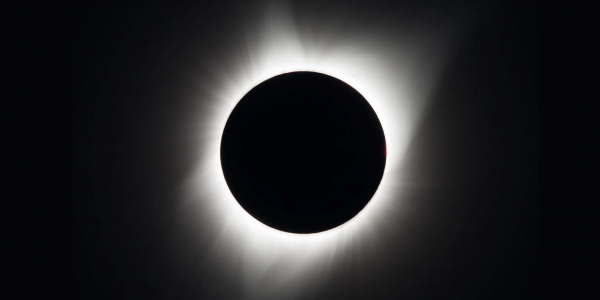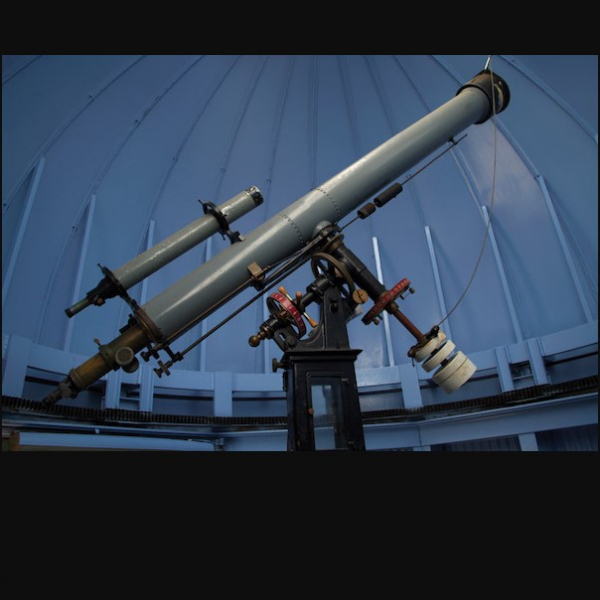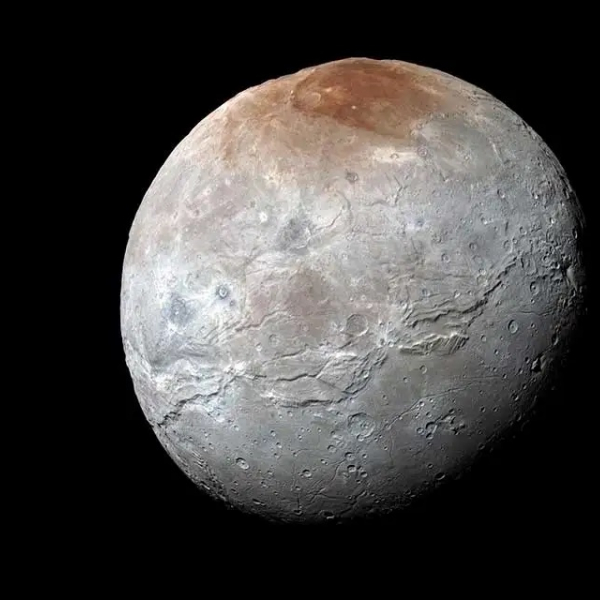Throughout most of human history, lunar and solar eclipses were considered to be bad omens, and the fates of many have been determined by the celestial phenomenon.
Manel Errando, assistant professor of physics and faculty fellow in the McDonnell Center for the Space Sciences, both in Arts & Sciences at Washington University in St. Louis was interviewed by St. Louis on the Air from St. Louis Public Radio for their February 13 episode. He shared details about the most notable solar eclipses in history, including one that ended a six-year war in Anatolia (present-day Turkey) and another that is credited for propelling Albert Einstein to fame.





